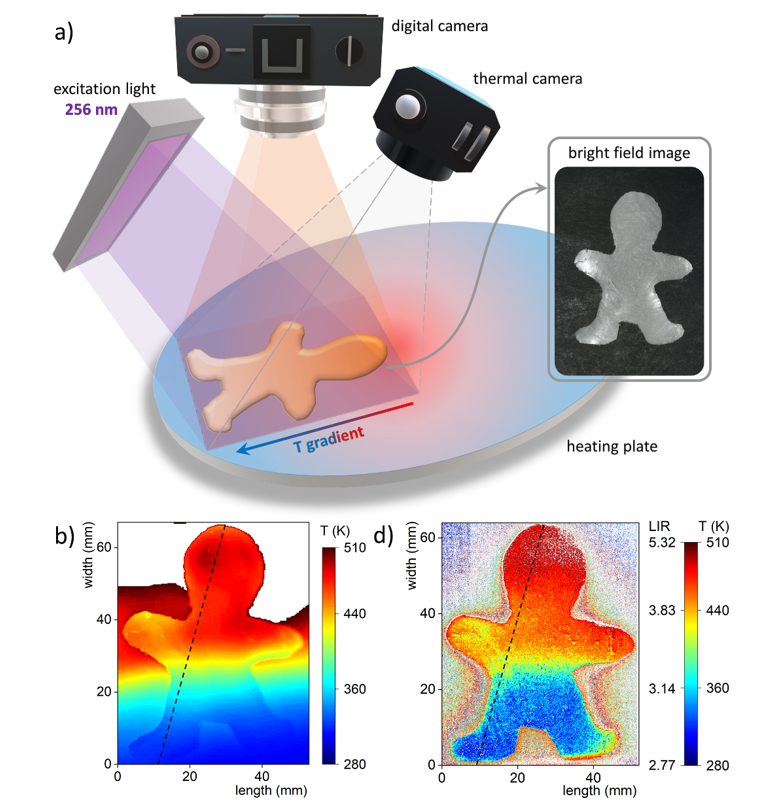Positive luminescence thermal coefficient of Mn2+ ions for highly sensitive luminescence thermometry
Title: Positive luminescence thermal coefficient of Mn2+ ions for highly sensitive luminescence thermometry
Autorhs: W. M. Piotrowski, K. Kniec-Stec, M. Suta, B. Bogielski, B. Pozniak, L. Marciniak*
Journal: Chemical Engineering Journal
DOI: 10.1016/j.cej.2023.142492

In their recent article, a group of prof. Lukasz Marciniak is studying Positive luminescence thermal coefficient of Mn2+ ions for highly sensitive luminescence thermometry
Luminescence thermometry has recently garnered significant scientific interest due to its ability to remotely measure temperature by analyzing spectroscopic parameters of the phosphor. To ensure precise and accurate temperature readout, it is crucial for the chosen phosphor to possess not only a high relative sensitivity to temperature changes but, more importantly, a high luminescence brightness, thereby ensuring a favorable signal-to-noise ratio. This becomes particularly important at temperatures above 373K, as most phosphors experience thermal quenching of luminescence. While this phenomenon may yield high thermometer sensitivities, it adversely affects the accuracy of temperature readout by reducing luminescence intensity.
To maintain a high relative sensitivity of the thermometer while preserving a high luminescence intensity, this study presents an approach centered on the emission of Mn2+ ions located in a five-fold coordinated crystallographic position. This unconventional environment results in the splitting of the 4G term into two levels. With an increase in temperature, the wave functions of these two excited states intermingle, altering the probability of radiation depopulation processes for the 4T1 level. Consequently, an elevation in luminescence intensity of Mn2+ ions is observed as the temperature rises up to 543K. As a result, a ratiometric luminescence thermometer based on the luminescence of Mn2+ and Cr3+ ions in CaGa4O7:Mn2+,Cr3+ exhibits a sensitivity exceeding 2%/K, with a temperature determination uncertainty lower than 0.1K across a wide temperature range.
The effectiveness of this biocompatible luminescent thermometer is demonstrated through spot temperature readout and two-dimensional thermal imaging. Importantly, it is reasonable to anticipate that the observed effect, involving the temperature-induced increase in luminescence intensity of Mn2+ ions, is not coincidental. Future investigations will aim to explore this phenomenon in other materials exhibiting similar structural properties.
Highlights:
- Thermally enhanced Mn2+ luminescence is investigated
- Strategy of highly sensitive luminescent thermometers at high temperatures is shown
- For the first time thermal 2D imaging with Mn2+ is presented.
See also
- The Institute
- General information
- Employees
- News
- Scientific News
- Gender equality plan
- Address and contact data
- Research
- Research profile
- List of publications
- List of projects
- International cooperation
- Information in BIP
- Scientific Council
- Organizational structure
- GDPR


